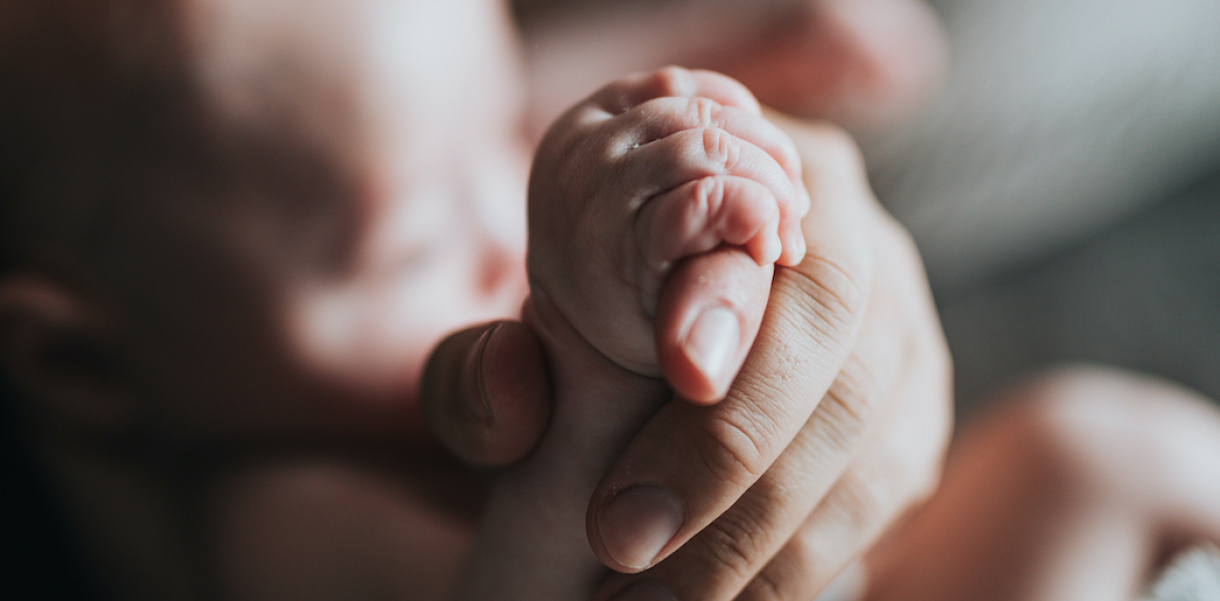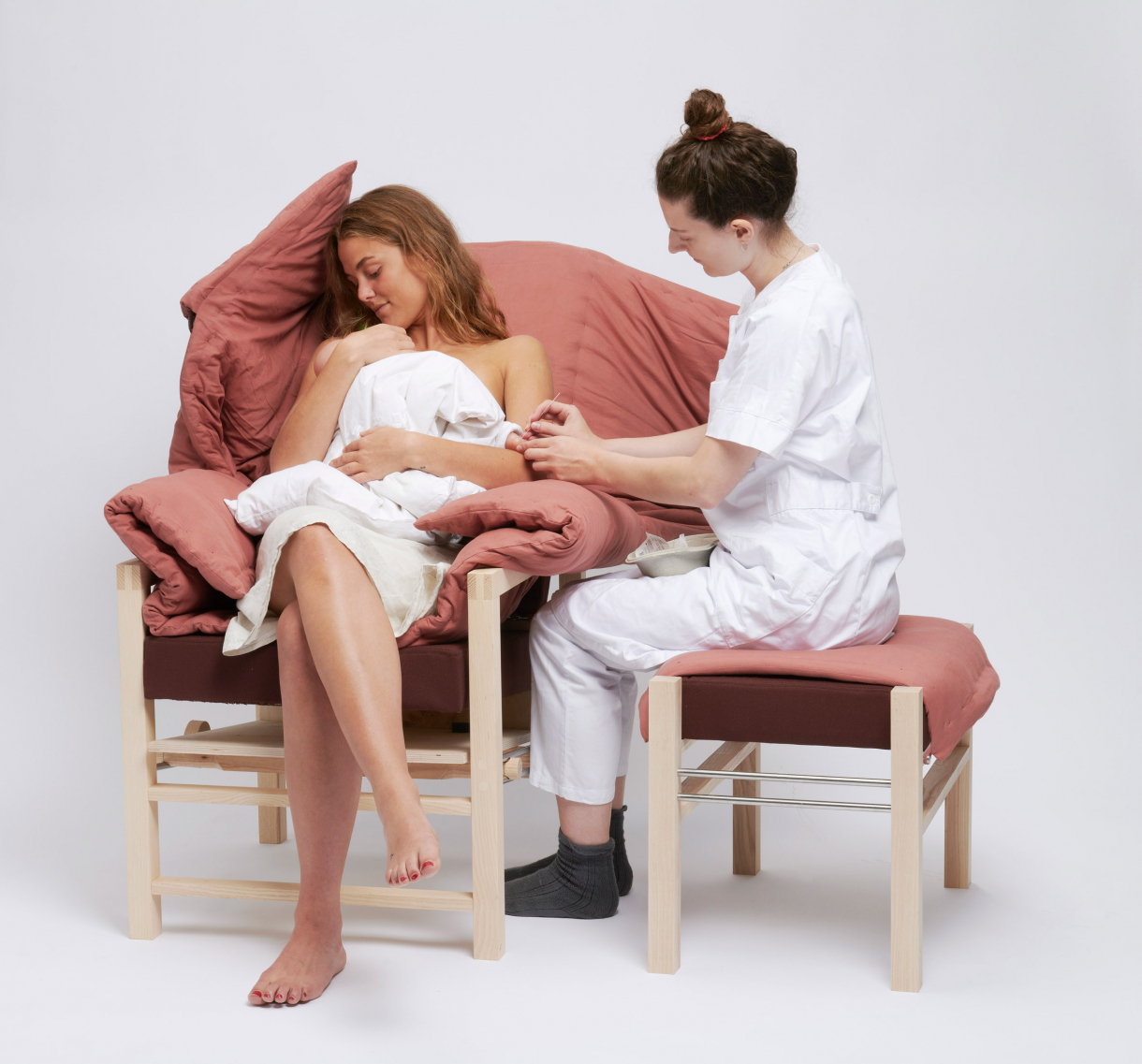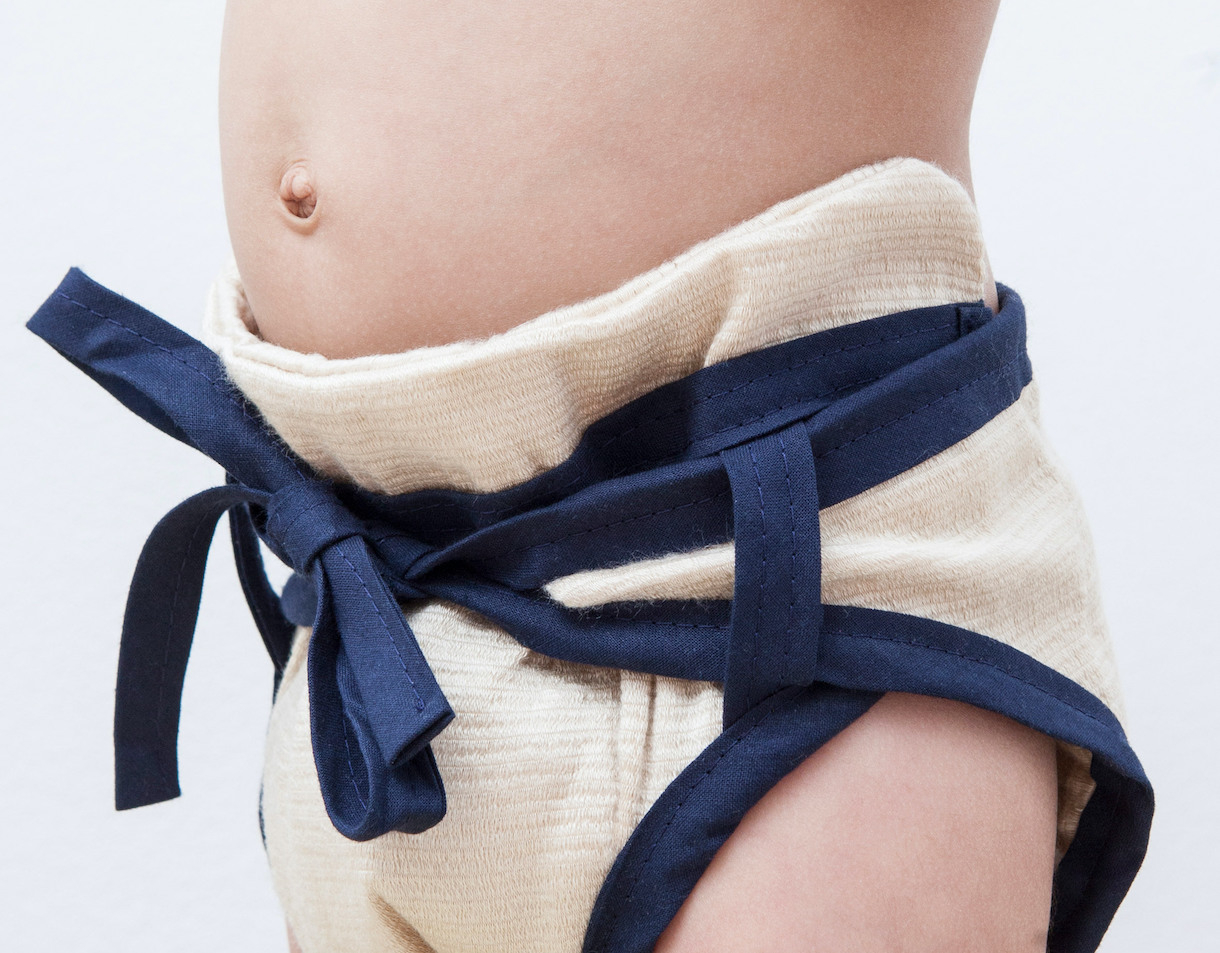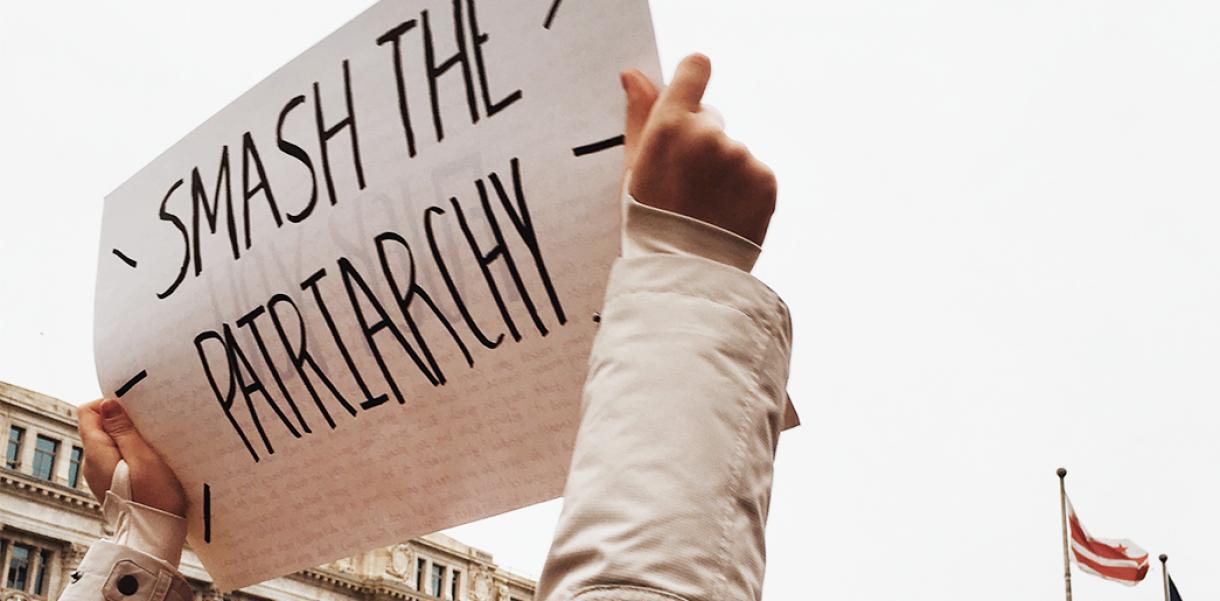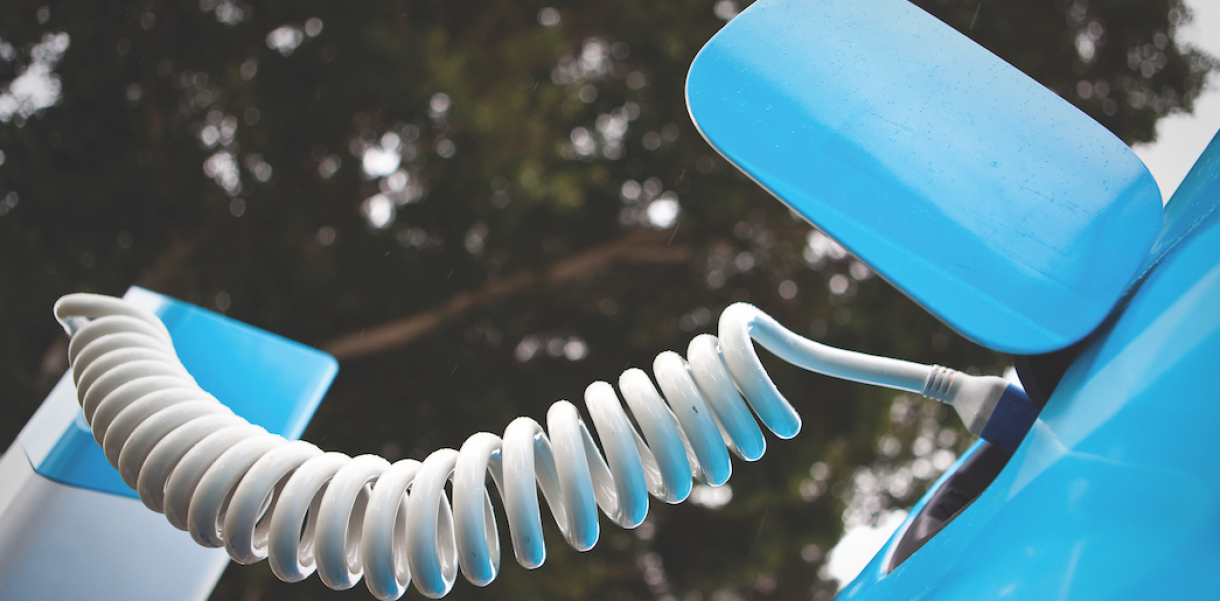Dear reader,
When you read this, I will no longer be at Index but will have gone into maternity leave. With a cheesy brain (forgot my keys and locked myself out twice this week) and an aching, heavy body, my mind has started to prepare for this big change of life and the baby that I'm somehow supposed to keep alive. Many questions and emotions pop up. What kind of mother will I become? Who is that person inside my belly? What is an enema? And how can I give my baby the best possible start on this planet of chaos?
As a mother in the making, I’m saying "yes" to all the helping hands and tools I can get. So, I’m wondering: How are designers today helping new mothers caring for their children and smoothing our transition from young confused adults to even more confused newborn mothers?
Let’s take a look at some Design to Improve Life examples.
Easing labour pain and reducing stress
Giving birth is forever a big accomplishment. It can be a euphoric experience, but it can also turn into a nightmare. Either way, we must acknowledge and support women in birth worldwide to give them and their babies the best start possible. Breathing techniques and movement can be a powerful way to ease the pain during contractions. Another helpful element can be listening to soothing sounds.
Sound designer Kåre William Wulff in collaboration with Lector and PhD. Birgitte Folmann and midwives from Herning Hospital developed sounds for giving birth. An auditory project created to develop tools and supportive systems for midwives, to help ease stress and labour pain. It can ensure a calm and immersive atmosphere.
"In my designs, I worked scientifically to create tools for the midwives for the four stages of birth,” explains Kåre William Wulff. "It ranges from meditative states in harmonious soundscapes that will lower the heart rate, drop the cortisol levels and even bump up oxytocin, to auditory breathing patterns that help focus on the right breathing. "Last but not least, maybe the world’s first Birth Techno track, created specifically to help encourage movement and dancing when needed."
Giving security and comfort newborns
Coming into the world as a newborn is also quite a hectic experience. Especially for premature babies, that don't get the full 40 weeks of development inside a comforting belly.
This chair is designed by Alexandra Rendtorff and Amalie Gielov from KADK in dialogue with staff at Rigshospitalet hospital in Copenhagen. It’s a supplement to the incubator and supposed to secure close contact between premature babies and their parents in the daytime. The design protects the baby from light and sounds and enables motor-stimulation to the child from the chairs possibility to move around.
The design is inspired by nature and uses wood and fabric in red hues to remind the infant of its first sensory impressions in the womb. The infant is provided with security, heat and moisture by lying against the parent’s skin, enabling it to relax more easily when receiving treatments.
Reducing diaper-waste
To change 20 diapers a day on your newborn baby is, of course, creating a big waste of material. To cut down the waste, it can be useful to look at sustainable alternatives.
Luisa Kahlfeldt has designed a new diaper that is more sustainable than any other reusable cloth nappies. Kahlfeldt's Sumo nappies are made entirely of a fabric called SeaCell, composed of seaweed and eucalyptus. The textile is antibacterial and antioxidant-rich, so it's beneficial for your baby’s skin. It's also sustainable to harvest and produce, giving it an advantage over the textiles used in most cloth nappies on the market. Since Kahlfeldt has fashioned it into a mono-material design, it's also more easily recycled, with no need to disassemble its components.
Fixing tears in a less-invasive way
Every year 300,000 women die from giving birth. From this number, 25% die from postpartum bleeding. Therefore it’s crucial to secure good conditions for the mothers also after the baby has arrived.
Designed by midwife Malene Hegenberger, The Hegenberger Speculum assists clinicians in performing post-partum operations, providing both better ergonomic working conditions for the clinicians and less pain for the new mother.
The design replaces the harsh metal speculum with smooth silicone, reducing pain for the patient and increasing the visibility while suturing. It also allows the clinician to work with both hands free instead of needing one hand to create a view of the tear and suture area.
Securing baby survival in low-resource areas
Each year, about 7.8 million babies with low birth weight (under 2.5 kg) are born in India, with a 20% mortality rate. This is mainly due to lack of awareness and lack of accessibility to the local hospital so that babies can receive proper care in time. These vulnerable babies need to be monitored closely to ensure their development, and this has to be done locally at home.
ASHA is a simple, rugged portable device that measures a baby’s weight and temperature. It has a built-in digital weighing scale powered by solar cells and an infrared thermometer, to avoid cross-contamination. The baby’s growth progress can be closely documented in the personal baby blanket. This ensures timely, local care for the babies.
When it comes to survival rates, the World Health Organization calls breastfeeding “one of the most effective ways to ensure child health and survival”. The Nifty Feeding Cup is a $1 reusable silicone cup for feeding breast milk to newborns with breastfeeding difficulties. It's an easy-to-use and clean cup that allows the infant to control the feeding pace and help the transition to feeding exclusively from the breast. The design has been developed and designed through a collaboration between the University of Washington, Seattle Children’s hospital, PATH and Laerdal Global Health.
Well, that’s all from me know. See you on the flip side — with big bags under my eyes and hopefully a lot of love in my tired heart <3.
